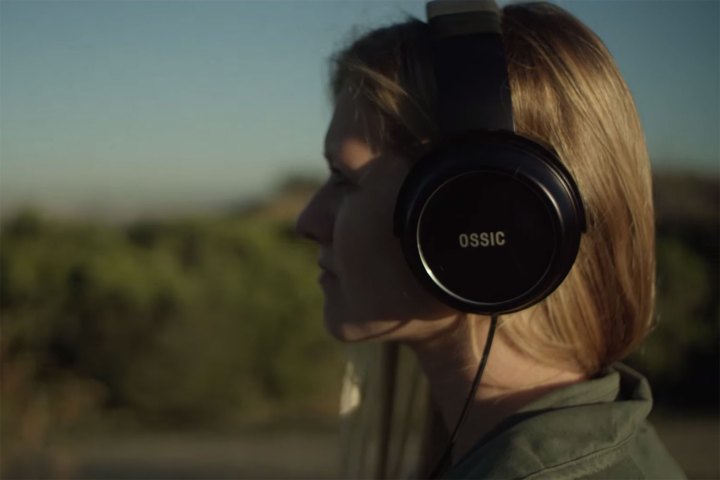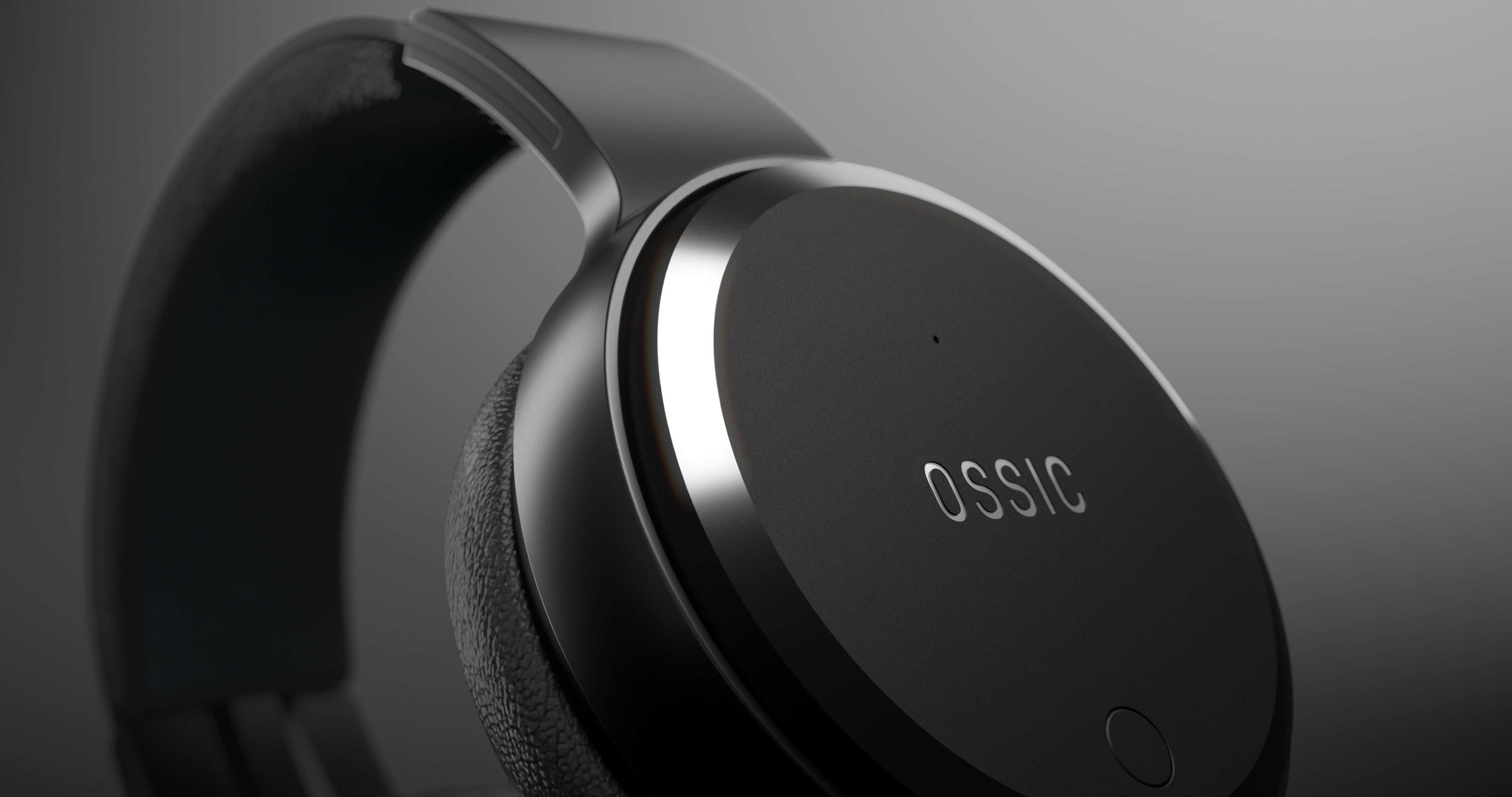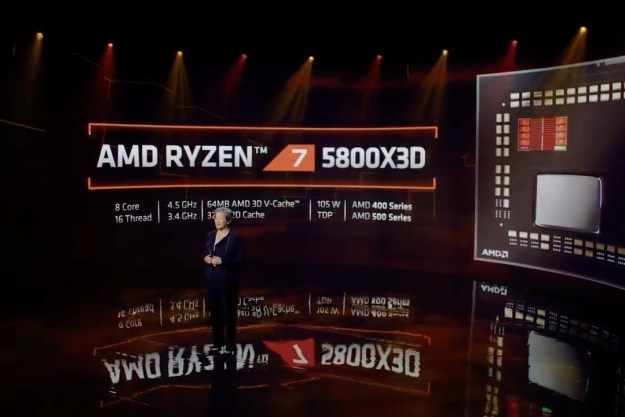
While plenty of headphones offer surround sound, they don’t really emulate 3D space around you. For example, as soon as you move your head, the sound moves with you, instead of staying relative as it would in an actual space. The Ossic X claimed to be the world’s first true 3D headphones, capable of recreating sound the same way you hear it in the real world. But despite an outstanding reaction to its crowdfunding campaigns and tens of thousands of pre-orders, Ossic has closed its doors, and will not be delivering the remaining headphones it still owes some backers.
So what was Ossic? The company made a name for itself by noting that 3D sound isn’t as simple as using a multidriver array — like the eight drivers used in the Ossic X — rather, you need to take relative space and even the shape of the listener’s ears into account. The Ossic X promised to automatically calibrate themselves to your head and torso as soon as you put them on, enabling more accurate sound placement.

The real difference was said to come when you would move your head. Instead of the sound moving with you, as with most headphones, the sound stays put — turn your head to hear something behind you, and suddenly it’s coming from in front of your face, at least as far as your ears are concerned.
This positional sound should’ve made the Ossic X a great fit for a few key areas. For example, the Ossic X likely would have provided an excellent music experience, as if you were sitting in the middle while the band plays around you, or served as a drop-in replacement for a home theater system (though maybe not a 3D one) when watching a movie. Ossic also claimed that this positional audio would be a huge step forward for gamers looking for that perfect headset, especially when hearing when someone is behind you or to your side is the (virtual) difference between life and death.

In total, Ossic managed to raise $2.7 million on Kickstarter and $3.2 million on Indiegogo. Since then, the Ossic team added some noteworthy names to its roster, including Dr. Kaushik Sunder — previously of NASA — and industry thought leader Sally Kellaway, who served as Creative Director.
By January 2017, the company had received more than 22,000 pre-orders for the Ossic X headphones, and in January 2018, announced that had already shipped 80 units to the earliest of backers (who paid $999 for a set). Mass production was slated for late spring 2018. Ultimately, however, Ossic only produced 250 pairs of
“This was obviously not our desired outcome. The team worked exceptionally hard and created a production-ready product that is a technological and performance breakthrough,” Ossic wrote in an apologetic announcement. “To fail at the 5-yard line is a tragedy. We are extremely sorry that we cannot deliver your product and want you to know that the team has done everything possible including investing our own savings and working without salary to exhaust all possibilities.”
The Ossic story, for now, stands as another cautionary tale in the world of crowdfunding. As always, investing in a crowdfunded product — especially one from an unknown company — is a gamble, and sometimes companies simply get too popular too quickly.
That said, while it’s little consolation for those who backed Ossic, those looking for surround sound headphones with similar technology will want to check out the latest from Audeze, the Mobius headphones. The first
Updated on May 21: Ossic has shuttered, and will not be able to ship out the majority of its Ossic X headphones.
Editors' Recommendations
- You Asked: 3D VR, QDEL technology, and TV size vs. quality
- Samsung, Google are attacking Dolby Atmos’ monopoly on 3D sound, and it’s going to get ugly
- 3D printed cheesecake? Inside the culinary quest to make a Star Trek food replicator
- AMD is bringing 3D V-Cache back to Ryzen 7000 — but there’s a twist
- AMD Ryzen 7 5800X3D beats predecessor, but AMD promised more






